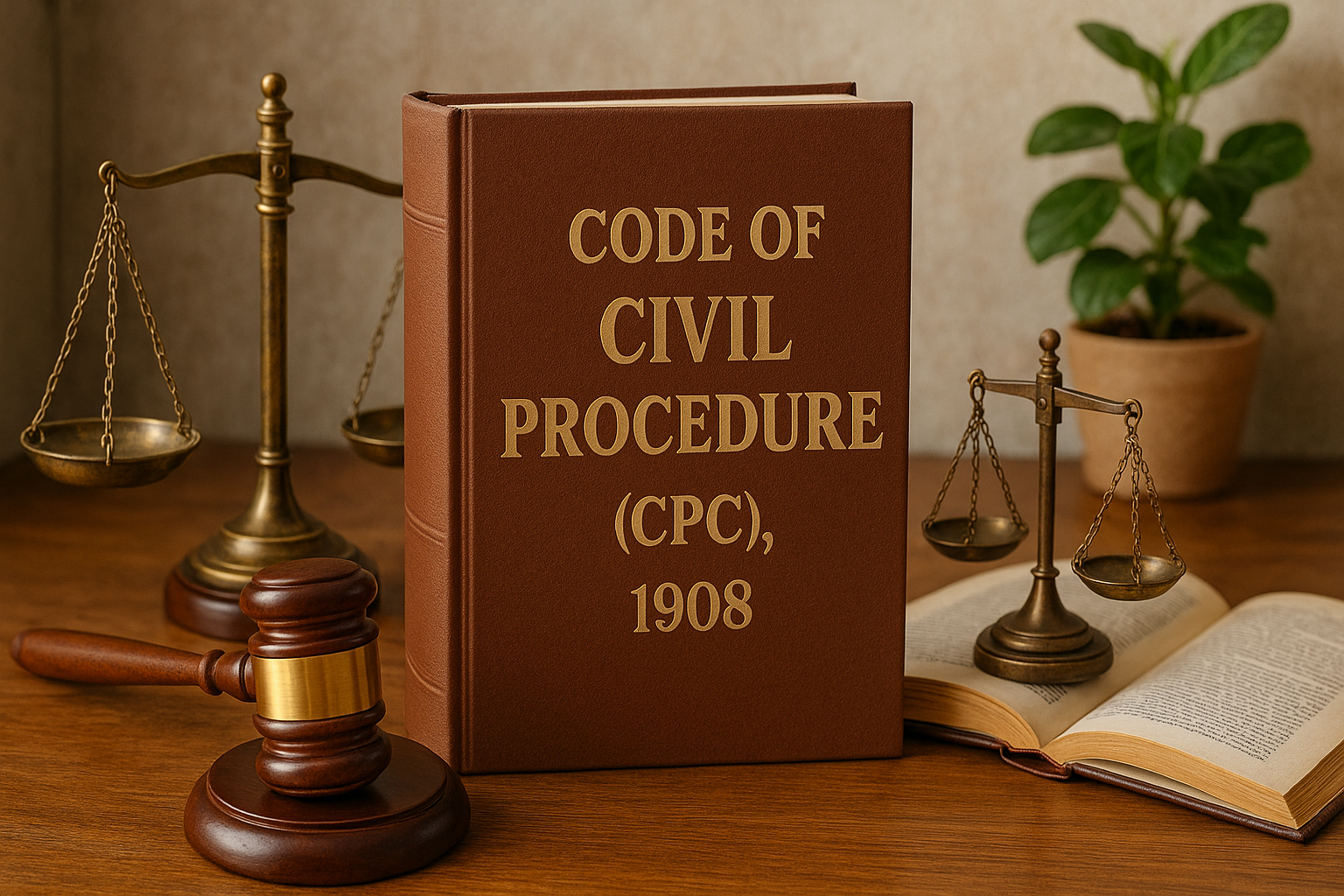What is a Cause of Action?
A cause of action is the bundle of facts that gives a person the right to sue. In simpler terms, it’s the reason behind filing a civil suit.
When a party wants to claim multiple legal rights through a single suit, this involves the joinder of causes of action.
Joinder of Causes of Action – Order II Rule 3
Meaning
A joinder of causes of action means combining two or more claims against the same or different parties in one single suit, provided that:
-
The court has jurisdiction over all claims, and
-
Joining them together is not inconvenient or prejudicial to the other party.
Purpose
-
Avoid multiple suits
-
Reduce cost and time
-
Promote judicial efficiency
When Can Causes of Action Be Joined?
As per Order II Rule 3, a plaintiff may unite several causes of action in one suit:
-
Against the same defendant
-
Or against multiple defendants if the claims are connected and arise out of the same transaction or series of acts
Example: Joinder Allowed
A sues B:
-
For unpaid rent
-
And for damage to the same rented property
✅ Both causes of action can be joined, as they are related and involve the same parties.
Misjoinder of Causes of Action
Meaning
A misjoinder occurs when:
-
Unrelated claims or
-
Claims against different defendants without a common link
are combined in a single suit improperly.
Effect
The court may:
-
Strike out the unrelated cause(s)
-
Or order separate trials
-
But will not dismiss the suit unless the misjoinder causes injustice or confusion
Legal Provision: Order II Rule 6
If causes of action are misjoined and it appears to the court that they cannot be tried together, the court may order separate trials or make other directions for disposal.
Joinder of Plaintiffs or Defendants (Related Rule)
Under Order I Rule 1 and 3, multiple plaintiffs or defendants can join in a suit if:
-
Their causes of action arise out of the same transaction or
-
A common question of law or fact is involved
Table: Joinder vs Misjoinder of Causes of Action
| Basis | Joinder | Misjoinder |
|---|---|---|
| Definition | Combining multiple related claims | Improper combination of unrelated claims |
| Legality | Permitted under Order II Rule 3 | Objectionable; may require correction |
| Outcome | Saves time and cost | May lead to splitting of suits |
| Court’s Power | Allowed if not inconvenient | Court can strike out or order separate trials |

